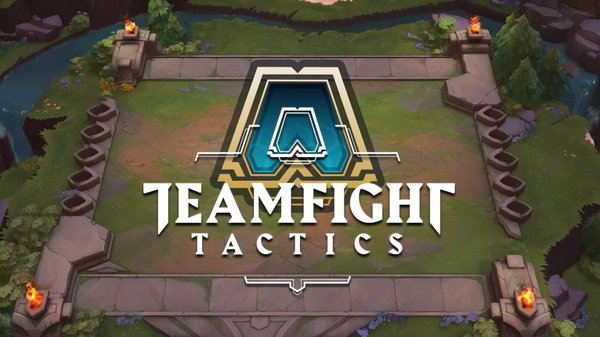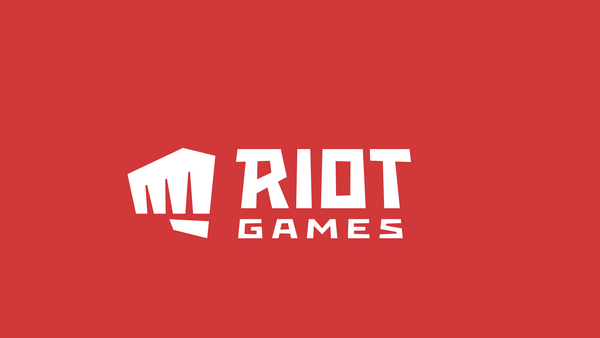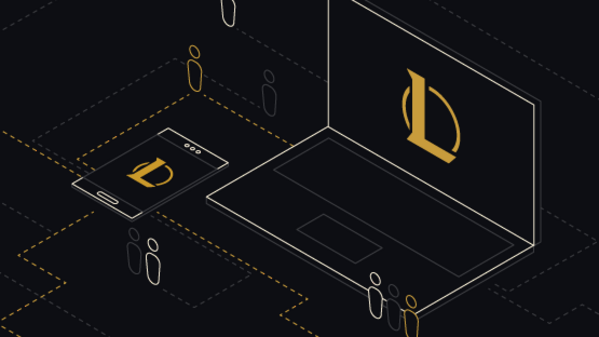Hey Folks,
Some of you may have already heard about it, but today we are announcing Riot Games Ecosystem Analytics (RGEA). This is an important step in the future of the Riot Games Developer Ecosystem and we are excited to get here. However, to understand why are doing this, we need to talk about how the Riot Games API started and the problems we were attempting to solve.
Early in the life of League of Legends, Riot and developers had no APIs, Data Dragon, or any data available to developers at all. The League of Legends client was the only source of data for players and developers. Demand from players for game and player data led to developers finding ways to get it, so they started scraping the League client, straining League and its infrastructure. In an effort to better serve developers and provide this data, the Riot Games API was born.
Fast forward to today, the Riot Games API has allowed developers worldwide to build products that serve the global player base for League of Legends, Teamfight Tactics, and even Legends of Runeterra. The third-party-ecosystem continues to grow, and as a result, developers want more and more data. Additionally, with more new games on the horizon, we hope to see more products created by third party developers. Unfortunately, we currently have very little visibility into the impact of each API, developer product, and the developer ecosystem as a whole. In the past, we talked directly to various developers about their own metrics, and those discussions helped steer us toward the solution of tracking snippets, which became RGEA.
Riot Games Ecosystem Analytics aims to keep Riot more informed about how players use third-party products. Some developers have already gone through the RGEA onboarding process. They are helping us test the system, and the data we’ve seen has already been invaluable, and it can only benefit from more adoption by the rest of the third-party-ecosystem.
Enabling RGEA will now be required for all production applications. We’ve started sending out emails in batches. When you receive one, you’ll have 30 days to embed the new tracking link and get back to us. If a product does not enable RGEA or is no longer in operation, we will be removing access and the developers will need to re-apply. To avoid seeing your product shut down unexpectedly, please make sure the email associated with your product on developer.riotgames.com is up to date.
When you receive your onboarding email, we will request that you take note of the javascript snippet in the email. You will be required to include that snippet on every page of your product that uses data obtained from Riot in any way. This includes pages for each of your localized languages. For example: we will need the snippet to be placed on all paths such as /tier/, /champion/, /statistics/, /ranking/.
If your product is or includes a mobile app, desktop app or chatbot, we want you to embed the snippet on all websites associated with the product. Please include the snippet on any page that would allow you to download it, find out more, etc.. You do not need to embed the snippet in the mobile/desktop/chatbot itself at this time.
Here is what the snippet looks like and what each field is:
Property Id (pid)
Device Id (did) - generated uuid (Cleared when anonymized)
Session Id (sid) - generated uuid (Cleared when anonymized)
User Timestamp (uts)
League Platform Id (lolpid)
Website Host (dh)
Website Path (dp)
User Language (ul)
User Timezone (utz)
Anonymize (anon)

If you have any questions or concerns, feel free to reach out to me at any time.
Thank you,
Gene




